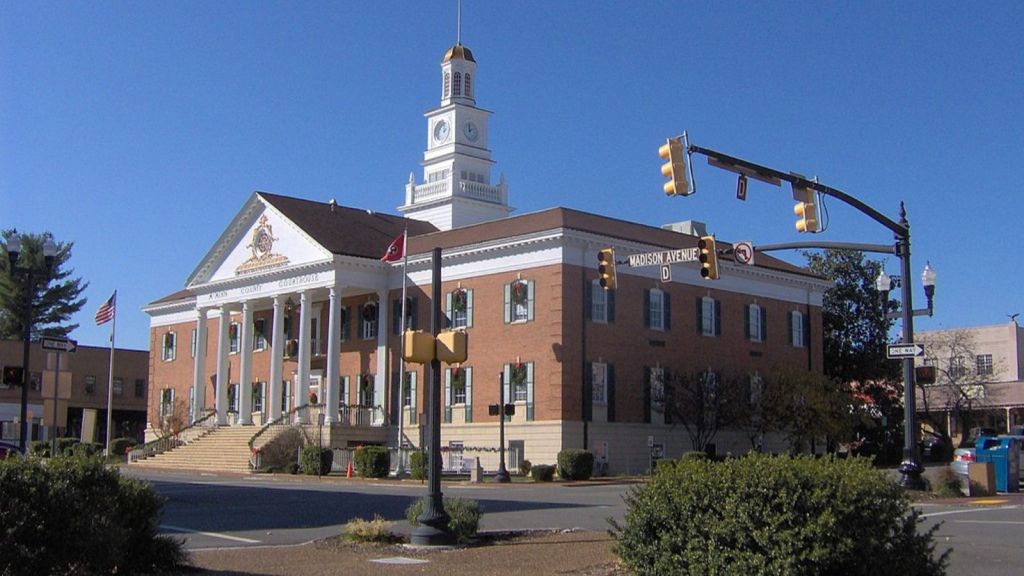“Discover the Shocking Historical Events Schools Won’t Teach Your Kids—Uncover the Secrets of Our Past!”
Scott and Amundsen’s journeys showcased human endurance, with Scott remembered for bravery in the face of tragedy and Amundsen for meticulous preparation. Their story remains an inspiring example of the risks and rewards of exploration.
10. The Great Fire of London (1666)


When a bakery fire broke out on Pudding Lane in London, it spread rapidly through the city, destroying thousands of buildings and leaving much of London in ashes. Despite the devastation, the fire led to the redesign of London’s architecture and city planning, including the introduction of fire breaks to prevent future disasters.
This fiery episode taught urban planners and residents alike about the importance of safety measures in densely populated areas. The Great Fire of London may have destroyed the old city, but it paved the way for a safer, more resilient metropolis.
11. The Halifax Explosion (1917)


In 1917, the harbor in Halifax, Nova Scotia, witnessed one of the most powerful non-nuclear explosions in history. A French cargo ship carrying explosives collided with another vessel, leading to a massive blast that leveled large parts of the city, killed around 2,000 people, and injured thousands more. The shockwave was so strong it shattered windows 50 miles away and triggered a tsunami in the harbor.
The Halifax Explosion stands as a haunting reminder of the devastating power of industrial accidents, especially during wartime. It also led to major improvements in emergency response protocols and safety measures in port cities worldwide, making it a significant turning point in disaster preparedness.













